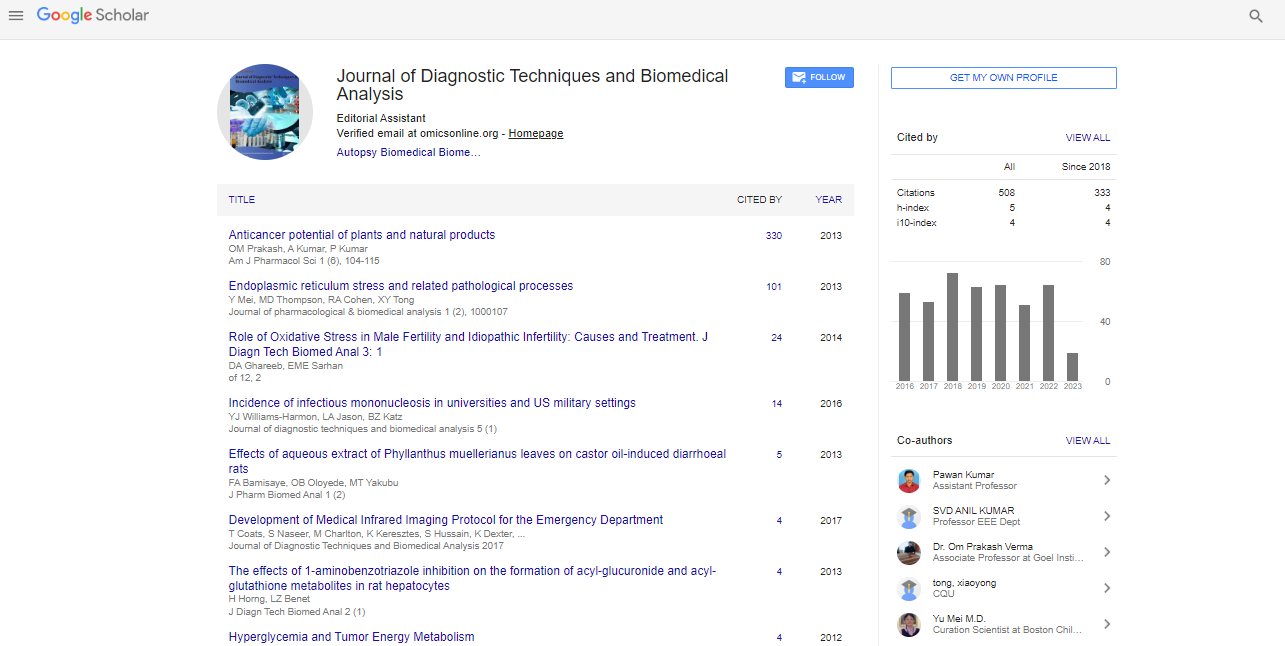Cost-Effectiveness Analysis of Diagnostics Tests of Respiratory Tract Infection in Cancer Patients
Patients with alterations in the immune system are more susceptible to developing serious complications most often caused by viruses that attack the respiratory system leading to acute respiratory syndromes that may bring undesirable outcomes. Despite vaccination campaigns, the use of antivirals causes increased rates of morbidity and mortality in this population. This study analyzes the impact of the introduction of diagnostic tests on treatment outcomes of patients and their economic viability in public and private settings in Brazil. This cross-sectional study evaluates the introduction of diagnostic tests for acute respiratory infection (ARI) of viral etiology from nasopharyngeal samples in patients with cancer treated at the two Cancer Centers in the State of São Paulo. The study included 151 patients undergoing treatment for any type of cancer; predominantly female (81 women and 70 men) aged between 18 and 86 years. The rapid test chosen by Influenza A, B, (H1N1) and RSV; RT-PCR Multiplex for 25 virus and bacteria. The Economic evaluation of this study compared the use of funds for the introduction of tests for the diagnosis of respiratory viruses with the expense of absence of the use of tests. Direct and indirect costs were analyzed, benefits to the patient and the accompanying person, in addition, the cost of this intervention for the public and private systems comparing to the days of avoided hospitalization. From the 151 patients surveyed at least one pathogen was found in 81 patients (53.6%), a positive result of the rapid test, and of Molecular Biology or of both. In the private system the cost benefit ratio indicates that each dollar in invested in tests, avoided 4 dollars of expenses. Despite the unfavorable cost of testing for the public system, the early intervention can cooperate much in the patients’ outcome, in the indiscriminate use of antibiotics and in the contamination of other patients and health professionals.

